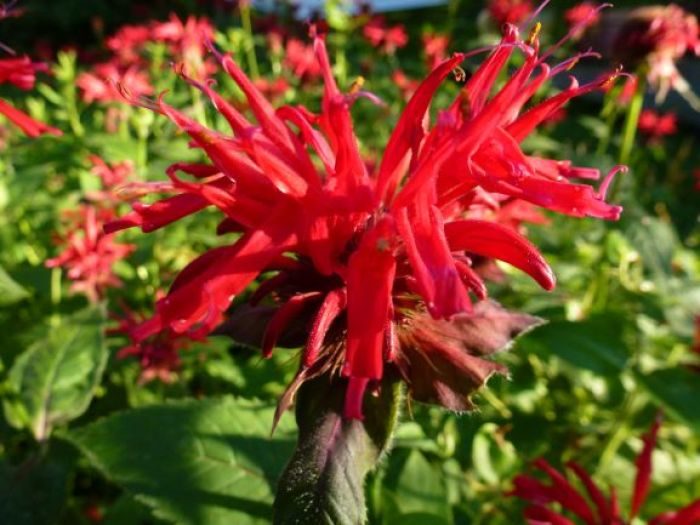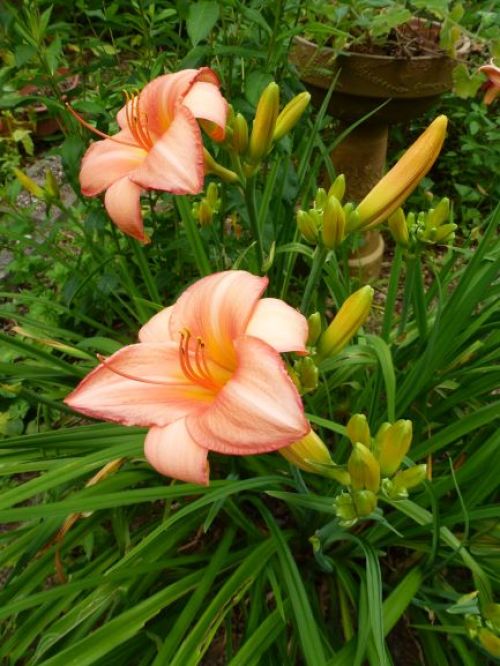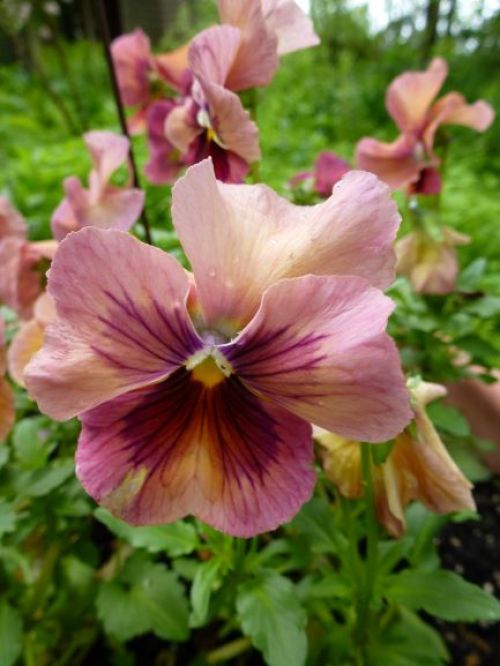50 Flowers That Are Safe to Eat
If you’re looking for a way to bring beauty to your dishes, try growing one of these colorful edibles

Upon request after a webinar on flowers in the kitchen, I am posting a list of some flowers that are safe to eat. You are responsible for proper identification.
When trying edible flowers, sniff and then taste them. Don’t use them if they don’t taste good to you. Most herb flowers are safe to eat and generally taste like the herb leaves. Remember, when an herb is flowering, it sends a lot of its essential oils into the bloom to attract pollinators—so even small, tiny florets or little flowers can be strong in flavor.
My favorite ways to use edible flowers are in salads, in beverages, and as garnishes; mostly I use them fresh, although I do cook some in baked goods and puddings. And, of course, I love preparing fried squash blossoms!
50 edible flowers to try growing
1. Anise hyssop (Agastache foeniculum)
2. Apple (Malus species)
3. Basil (Ocimum basiilicum, O. species)

4. Bee balm (Monarda didyma, M. species)
5. Borage (Borago officinalis)
6. Burnet (Pimpinella saxifraga)
7. Calendula (Calendula officinalis)
8. Chervil (Anthriscus cerefolium)
9. Chives (Allium schoenoprasum, A. tuberosum)
10. Chrysanthemum (Chrysanthemum xmorifolium, C. coronarium)
11. Coriander (Coriandrum sativum)
12. Daisy (Bellis perennis)
13. Dandelion (Taraxacum officinale)

14. Daylily (Hemerocallis fulva)
15. Dill (Anethum graveolens)
16. Elderberry (Sambucus caerulea, S. canadensis)
17. Fennel (Foeniculum vulgare)
18. Gladiolus (Gladiolus species)
19. Grape hyacinth (Muscari atlanticum, M. botryoides)
20. Hollyhock (Alcea rosea)
21. Honeysuckle (Lonicera species)
22. Lavender (Lavendula angustifolia, L. × intermedia)
23. Lemon (Citrus limonum)
24. Lemon balm (Melissa officinalis)
25. Lilac (Syringa vulgaris)
26. Lovage (Levisticum officinale)
27. Marigold (Tagetes erecta, T. tenuifolia)
28. Marjoram/oregano (Origanum majorana, O. × majoricum, O. species)
29. Mint (Mentha species)
30. Mustard (Brassica species)

31. Nasturtium (Tropaeolum majus)
32. Orange (Citrus sinensis)
33. Peas (Pisum sativum)
34. Pineapple sage (Salvia elegans)
35. Pinks (Dianthus species)
36. Plum (Prunus species)
37. Red clover (Trifolium pratense)
38. Rocket (Eruca vesicaria, E. sativa)
39. Rose (Rosa species)
40. Rosemary (Rosmarinus officinalis)
41. Runner bean (Phaseolus coccineus)
42. Sage (Salvia officinalis)
43. Savory (Satureia hortensis, S. montana)
44. Scented geraniums (Pelargonium species)
45. Squash blossoms (Cucurbita species)
46. Thyme (Thymus species)
47. Tulip (Tulipa species)

48. Violet, pansy, Johnny-jump-up (Viola odorata, V. × wittrockiana, V. tricolor)
49. Woodruff (Galium odoratum)
50. Yucca (Yucca filamentosa)
This list originally appeared in Flowers in the Kitchen by Susan Belsinger, Interweave Press, 1991, and has been updated.






Comments
Log in or create an account to post a comment.
Sign up Log in